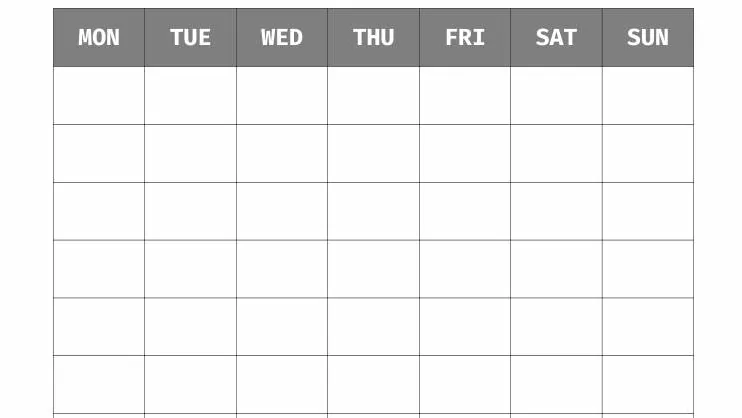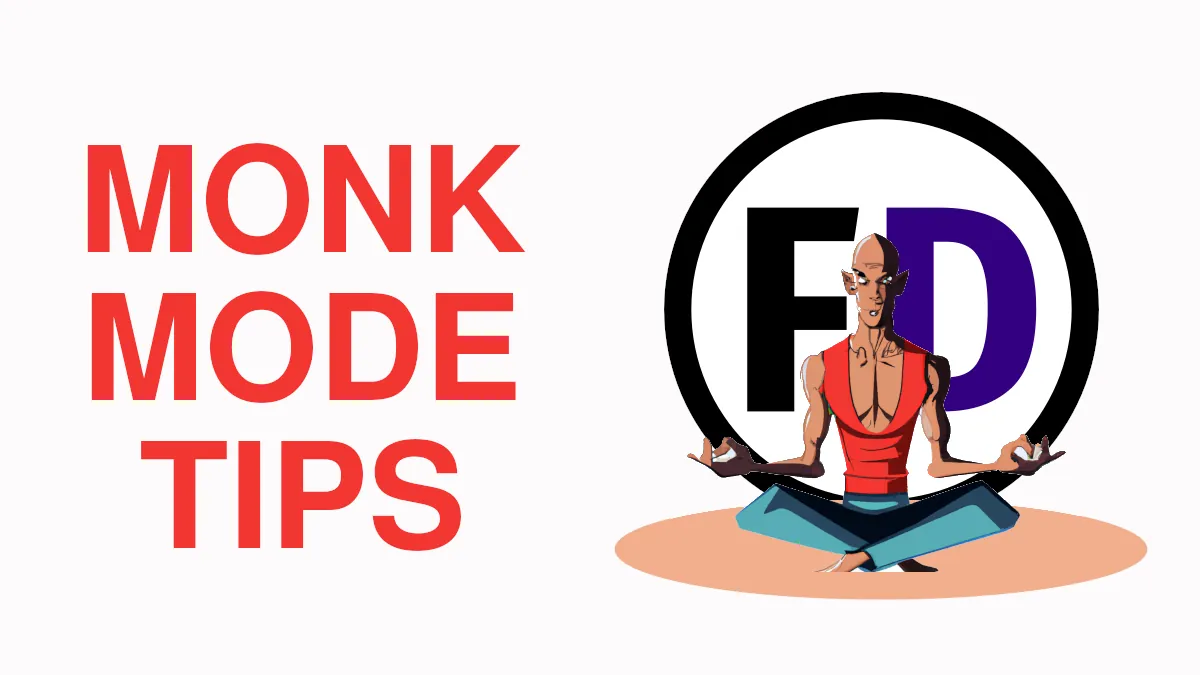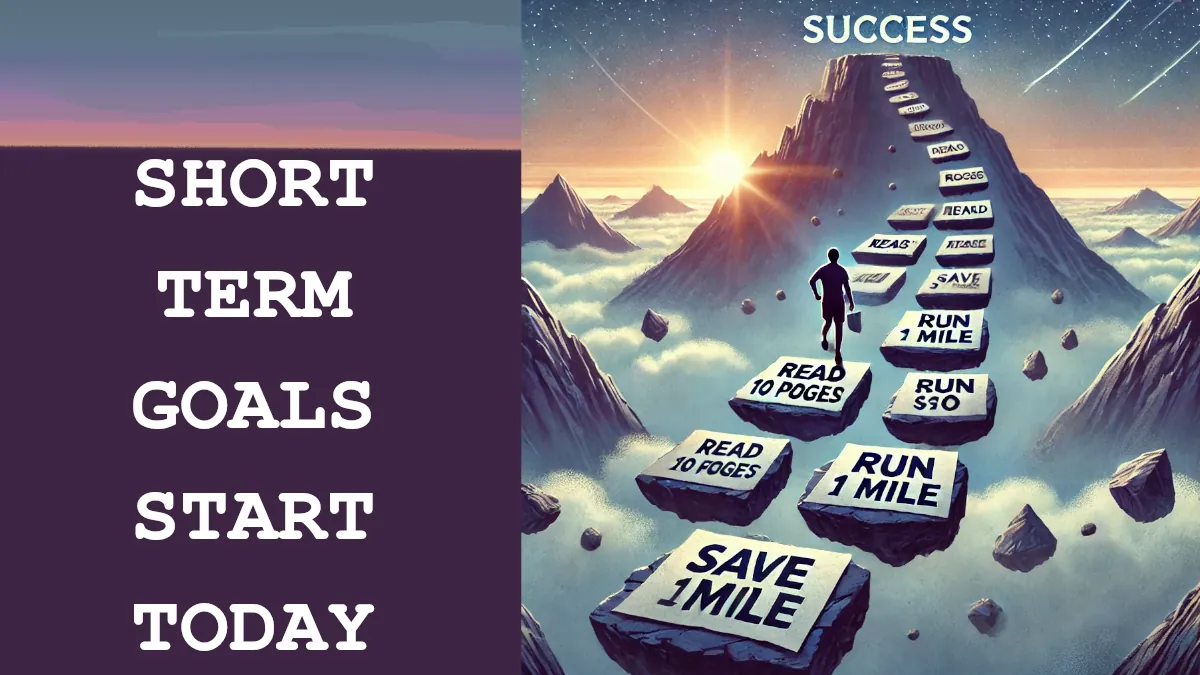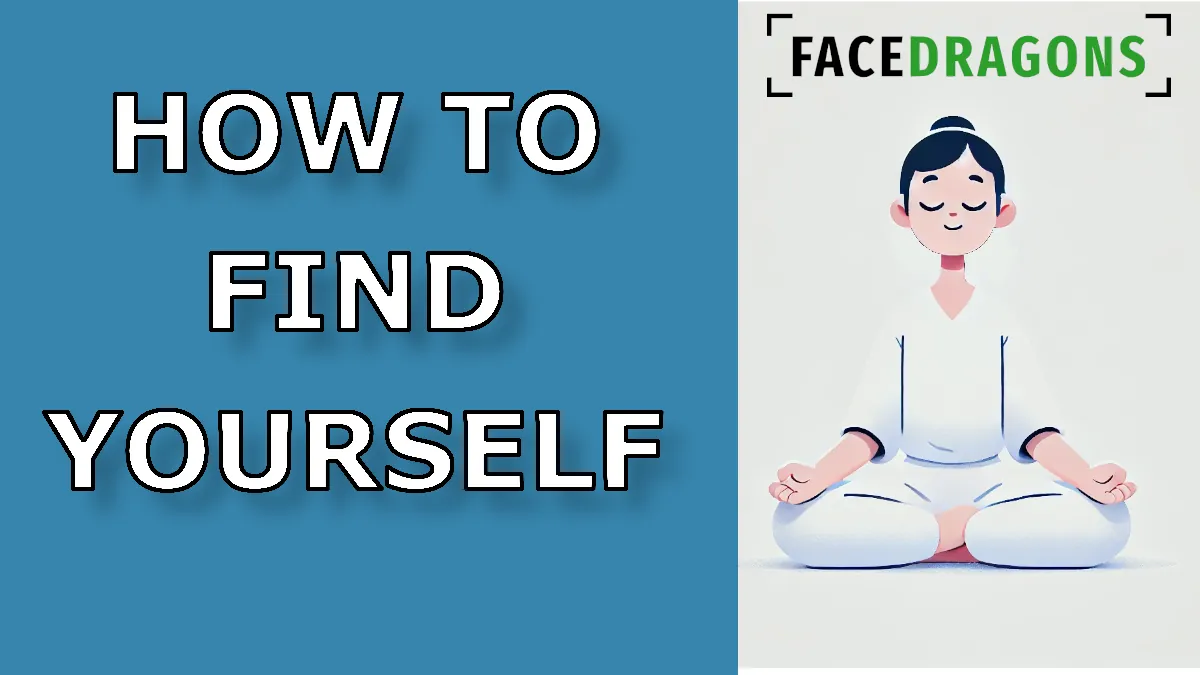Monk mode is the perfect preparation for anyone wanting to face dragons. It takes skill, focus, and self-confidence to go against the things that hold you back, and monk mode will help you develop into someone who can take on dragons and take their gold. If you’re planning a period of monk mode, these tips will help. You don’t need to apply them all, but minor improvements to your monk mode may have a massive effect. So check out these monk mode tips and get more from your solo time.
Make Monk Mode a Success with These Tips
Monk mode is a life-changing experience every time you do it. These monk mode tips will help you get the most out of it, whether it’s your first time or you’re already an experienced monk.
1. Set a Goal or Purpose
Before you start any project or piece of work, you must have a goal. David Allen says, “You need to know where you are, and what done looks like.” What done looks like is the goalpost you’ll be working toward; if you don’t specify it, you’ll never know when you will get there.
Here are some strong goal ideas for your monk mode:
- Gain 10lbs of muscle
- Make $2000 in one month
- Complete a Linux Foundation Course
- Find a new job
Make your goal specific, don’t say, “I want to build a business.” Instead, say, “I want to set up my business website and find my first client.” That’s a much better goal because you know whether or not you’ve achieved it. With the first version, how do you know when your business is built? It’s too ambiguous.
Don’t worry if you don’t know your specific goal; in that case, you just need to specify a purpose instead.
A purpose isn’t just an ambiguous goal. Instead, it’s a topic that you want to focus on. It could be business, reading, coding, juggling, gaining muscle, etc. Instead of giving yourself a goal to hit, you’re giving yourself an area to work on. You can make it more specific by giving yourself a time allowance for it each day. For example, “I’ll work on my business for 5 hours each day.” Even without a goal, you’ll make some good progress this way!
Whether you decide to give yourself a goal or a purpose, make sure you make one a priority. Don’t make five goals and treat them all equally; that’s a recipe for disaster. Instead, make one of your goals a priority. That’s the one you do first each day, the one that will always get done, the one you will gladly skip the others for.
2. Set a Clear Start and End
Monk mode is a period of intense self-improvement. But if you do it indefinitely, it’s no longer monk mode; it’s just your life. Monk mode is a time when you reduce distractions and remove the unnecessary parts of your to make huge progress in one or a small number of areas.
But it’s not real life. All those things you removed because they were distractions or “unneccessary,” are your real life, and although you might not want to go back to living the same after doing monk mode, you can’t give up your friends and family and little pleasures in life like your favorite hobbies.
So it’s better to give yourself a clear start and finish to your monk mode. Then decide which parts of your life you want to have back. Remember, after a few weeks of back-to-normal, you can do another monk mode.
A clear endpoint also makes monk mode easier to stick to. If you’re finding monk mode hard or thinking about quitting, telling yourself you only have two weeks left will make it easier. For your first time doing monk mode, 2-4 weeks is a reasonable amount of time. Enough to make some progress without getting overwhelmed.
3. Create a Monk Mode Routine
If you intend on doing a full-time, full-on monk mode session, a schedule will help you stay on track and reduce the chance that you stall halfway through.
Parkinson’s Law states, “Work expands to fill the time allotted to it.” So, in theory, this would mean that if you don’t allow any of your time to do tasks, they will take forever to complete!
That obviously isn’t the case, but if you’ve ever told yourself, “All I need to do today is write this one article,” and found that two hours of writing has taken you all day and you are still not finished, you’ll understand what I mean.
It’s not only that you spend longer on the tasks, but the breaks between them expand too! “That was a hard two hours. I better lay on the sofa for 30 minutes.” Then, two hours later, you realize you fell asleep and feel too sleepy to do anymore.
A schedule is the answer. It doesn’t need to be fancy; it just needs to be written down somewhere you’ll see it. You could set up time slots for the activities you intend to do, like 8-10.00 am writing, 10.15-12.15, Editing, etc., then complete the related tasks within those time slots.
I prefer to create a schedule for the week on Sunday, with the specific tasks I have to do, and allot a certain amount of time for each. Here is the schedule I print out and use. It’s pretty basic and only took 2 minutes to create.
I wrote a guide so you can find out the best way to make a monk mode plan and schedule, so check that out next.

4. Focus on Business
Whether you’re a teenager or in your 40s with kids, working on your income is something you should never stop doing. So unless you’re already financially set for life, why not make improving your income the focus of your monk mode? You could:
- Develop a new work skill like learning a new piece of software or some sales techniques
- Get a qualification that might lead to a promotion or a new job
- Build your own business like a consultancy
- Create a side hustle, perhaps teaching a class or making money online
Whatever you decide to do, focusing on building your income stream or adding a new one will make the value of your monk mode much clearer to you (and your partner.)
5. Focus on Self Improvement
Not everything is about money. There are plenty of other aspects of self-improvement you can concentrate on that will make a huge difference in your life and make monk mode worthwhile.
Here are a few ideas:
- Become a minimalist
- Start a Bullet Journal
- Build a productivity system
- Build a second brain
- Create a reading habit
The personal development industry is worth an estimated $44 billion built around self-improvement, and you can find so much available at reasonable prices; you don’t need to drop $2,000 on a Tony Robbins seminar. Instead, pick up a few good self-improvement books and take some time to fully apply the ideas.
I bought Kevin Treudeu’s Mega Memory as a teenager and spent weeks perfecting the method. After that, I used the memory techniques I learned throughout my student life in high school and university and continued using them throughout my career. Without knowing it, I was doing monk mode and focusing on my memory skills, which paid off.
6. Remove Distractions
When you start monk mode, you need to reduce distractions so you can focus on doing work or whatever it is you made your goal. But it’s easy for distractions to creep back in and be hard to spot. Rather than being super strict with yourself or going off to live in a cave, make distraction removal a weekly job. Every weekend, assess the week’s work and what, if anything, had been pulling your focus.
Then figure out a way to remove them or stop them from disturbing you. Here are a few common culprits:
- Friends and family – Tell them beforehand
- Social media – Delete the apps (you can reinstall them later)
- Notifications – Turn them off in the Settings
- Video games – Pack your console away
- Noise – Always keep noise-cancelling headphones close
7. Make Adjustments
It’s easy to think that you should be able to set a schedule and then see it through, but life isn’t like that, even in monk mode. Some days you just feel off. You can’t focus, sit still, or get anything done. So should you force yourself to do five hours of work that day just because you put it on the schedule?
Maybe you should, but your work won’t be your best. Those feelings might be signs that you’re doing too much and starting to burn out; maybe it’s time to take a break, do one of your hobbies, or go socialize with friends.
Spending an afternoon recharging could be all you need to keep you going for the rest of the week, but if you force yourself to keep going, you may need a week off to recover.
Making adjustments is key.
In your first monk mode, you won’t know how hard you can push yourself without burning out. So it’s best to start slow.
That means in the first week or two, do less than you think you can and slowly start pushing yourself to do more.
Keep tabs on how you feel and make adjustments; if you feel like you can do more, then do more; if you’re getting close to your limit, slow down.
8. Get Enough Rest and Recovery
There’s a fine line between rest and slacking off. Some days you may need to take the whole day off to recover; others, you’re just lazy. Here are some tips about taking time off:
- Schedule your breaks, and don’t take spontaneous time off.
- If you think you’re just being lazy, swap your break for something less fun. For example, if you’re trying to tell yourself you need an hour playing video games to recover from your intense work, swap it for an hour in the bath instead. If you feel like you don’t need the bath, it’s not the recovery you’re after.
- Add small breaks throughout the day – I like to work in two-hour chunks and schedule either 30-minute or one-hour intervals between sessions.
- Don’t take too many breaks – Though the Pomodoro technique may say to take a break every 25 minutes, that won’t be best if you have large tasks; all those breaks will just interrupt you.
- Give yourself at least a half day off each week – plan something fun for yourself.
9. Make Yourself Accountable
You might need someone to make you accountable, depending on your personality type. An accountability partner is a good option if that’s you. Ask a family or friend to be your accountability partner first. Even if they aren’t embarking on a monk mode period themselves, at least they care enough about you to succeed.
If you can’t find someone, you can find someone online; the productivity subreddit and discord server are great places to find potential productivity partners. Here’s how to utilize one best:
- Each week give your partner a list of things you want to achieve; at the end of the week, they should ask you if you completed them. Then, you should do the same for them.
This method is very minimal, which means you will actually do it. Other ideas, like daily to-do lists, zoom calls, and work-together sessions, might sound like a good idea, but they just create more things to manage and do each day instead of concentrating on your priority goals.
10. Do Something New
Jim Rohn famously said, “For things to change, you have to change.”
If you keep doing what you’ve always done, you’ll keep getting what you’ve always gotten. So why not decide to try something new for your monk mode? It could be something from your bucket list or a long-term goal you’ve never started. Learning a new language or learning to use Linux, writing a book, or finally starting to learn a musical instrument or another hobby.
If you’ve ever wanted to change jobs or start a business, monk mode is the perfect time to work on that. So hold the world back, create some space, and plan yourself a roadmap to a new life.
11. Challenge Yourself
Another way to spend your monk mode is to try something out of your comfort zone. Do something few people ever do. Monk mode doesn’t have to be spent at home, either. I once went to Dharamshala to spend a month in a Tibetan school; I wanted an experience of total Tibetan language immersion to work on my language skills.
Despite learning for five years before that, I made massive progress over that month. I took classes and spent the evening reading in Tibetan and meeting Tibetan friends.
In 2015, after the earthquake in Nepal, I trekked to Everest Base Camp and spent time in Kathmandu and Lumbini. Would you call it monk mode? Or just a holiday? I don’t know what you’d call it, but the challenge of spending two weeks in the mountains was indeed a life-changing experience.
Other challenges you might want to consider:
- Learn to juggle five balls
- Read the whole Bible
- Train for a marathon
- Do a fast
- Start the ketogenic diet
Avoid Making Common Monk Mode Mistakes
Following these tips will undoubtedly help your monk-mode journey, but if you are still making any of these monk-mode mistakes, your results will never be as powerful as you hope.








